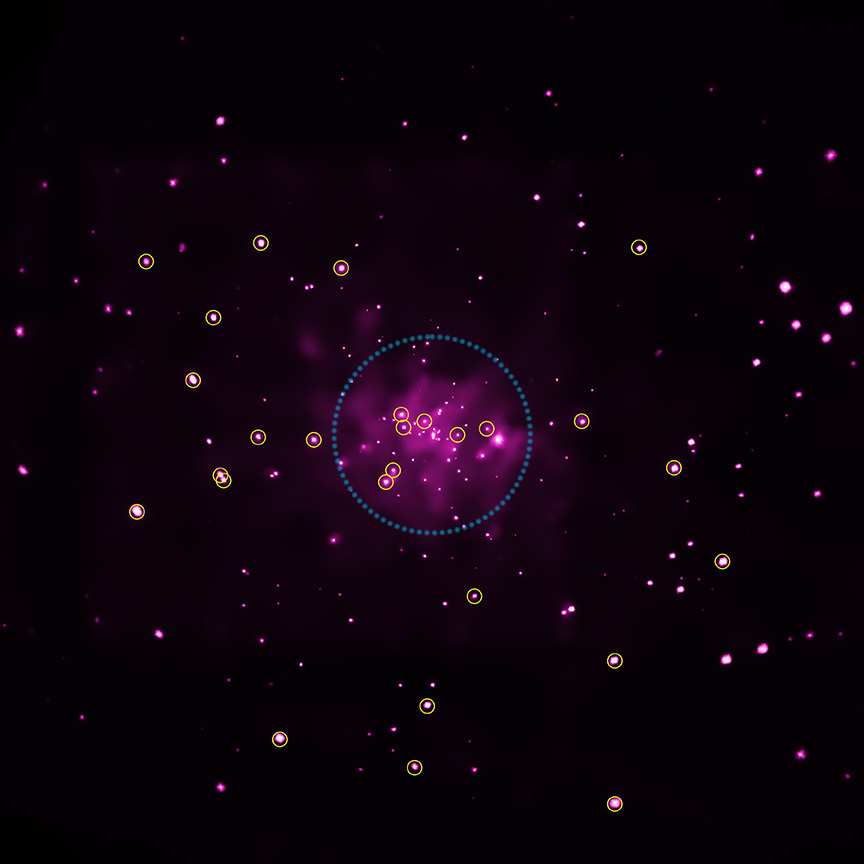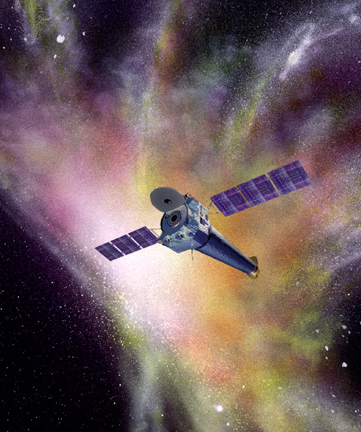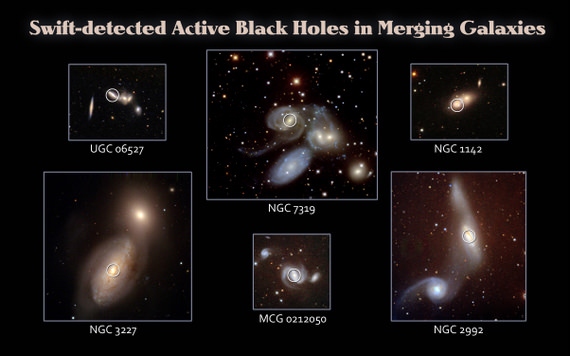More than two DOZEN potential black holes have been found in the nearest galaxy to our own. As if that find wasn’t enough, another research group is teaching us why extremely high-energy X-rays are present in black holes.
The Andromeda Galaxy (M31) is home to 26 newly found black hole candidates that were produced from the collapse of stars that are five to 10 times as massive as the sun.
Using 13 years of observations from NASA’s Chandra X-Ray Observatory, a research team pinpointed the locations. They also corroborated the information with X-ray spectra (distribution of X-rays with energy) from the European Space Agency’s XMM-Newton X-ray observatory.
“When it comes to finding black holes in the central region of a galaxy, it is indeed the case where bigger is better,” stated co-author Stephen Murray, an astronomer at Johns Hopkins University and the Harvard-Smithsonian Center for Astrophysics.

“In the case of Andromeda, we have a bigger bulge and a bigger supermassive black hole than in the Milky Way, so we expect more smaller black holes are made there as well,” Murray added.
The total number of candidates in M31 now stands at 35, since the researchers previously identified nine black holes in the area. All told, it’s the largest number of black hole candidates identified outside of the Milky Way.
Meanwhile, a study led by the NASA Goddard Space Flight Center examined the high-radiation environment inside a black hole — by simulation, of course. The researchers performed a supercomputer modelling of gas moving into a black hole, and found that their work helps explain some mysterious X-ray observations of recent decades.
Researchers distinguish between “soft” and “hard” X-rays, or those X-rays that have low and high energy. Both types have been observed around black holes, but the hard ones puzzled astronomers a bit.
Here’s what happens inside a black hole, as best as we can figure:
– Gas falls towards the singularity, orbits the black hole, and gradually becomes a flattened disk;
– As gas piles up in the center of the disk, it compresses and heats up;
– At a temperature of about 20 million degrees Fahrenheit (12 million degrees Celsius), the gas emits “soft” X-rays.
So where did the hard X-rays — that with energy tens or even hundreds of times greater than soft X-rays — come from? The new study showed that magnetic fields are amplified in this environment that then “exerts additional influence” on the gas, NASA stated.

“The result is a turbulent froth orbiting the black hole at speeds approaching the speed of light. The calculations simultaneously tracked the fluid, electrical and magnetic properties of the gas while also taking into account Einstein’s theory of relativity,” NASA stated.
One key limitation of the study was it modelled a non-rotating black hole. Future work aims to model one that is rotating, NASA added.
You can check out more information about these two studies below:
– Andromeda black holes: Chandra identification of 26 new black hole candidates in the central region of M31. (Also available in the June 20 edition of The Astrophysical Journal.)
– X-ray modelling of black holes: X-ray Spectra from MHD Simulations of Accreting Black Holes. (Also available in the June 1 edition of The Astrophysical Journal.)
Sources: Chandra X-Ray Observatory and NASA


